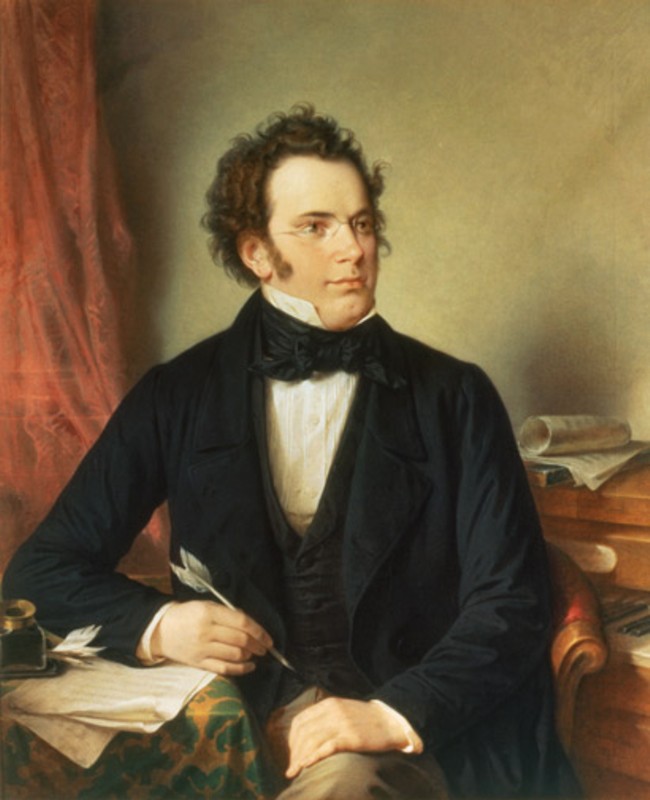Schubert to the fore in Boston Artists Ensemble season finale
The Boston Artists Ensemble performed an all-Schubert chamber program Sunday at St. Paul’s Church in Brookline to close its current season.
The first half of the program featured Schubert’s Quartet No. 13 in A minor D 804, Rosamunde. Composed around the same time as Schubert’s Death and the Maiden quartet showcased a central theme in his oeuvre: drama enhanced by contradictions.
The Allegro ma non troppo started with a cello rhythm precisely played by Jonathan Miller that was then overlayed by a soft, melancholic and hauntingly vulnerable melody and accompanied by Lucia Lin’s restless second violin. A dialogue ensued between first violinist Julianne Lee and violist Rebecca Gitter.
In the Andante, which provides the quartet’s name, Lee’s reflective playing shone in several variations of this gently paced movement reminiscent of the slow movement of Beethoven’s Seventh Symphony. In the Menuetto, the cello set the tone and the violin followed with happy, dance-like melodies.
The Allegro moderato finale was played joyfully and featured brilliant, fast and virtuosic violin playing. The unity in the quartet structure (a motive from the third movement becomes the most important melodic figure in the finale) was replicated in the performance of the quartet.
The second half of the concert featured Schubert’s String Quintet in C major, D956 with two cellos (as opposed to the usual quintet structure with two violas).
The Allegro ma non troppo emulates many characteristics of Mozart’s quintets: decorative turns, irregular phrase lengths and rising staccato arpeggios in the recapitulation. The movement starts with a contoured melody without rhythmic pulse by the cello until Lucia Lin—here in the first violin chair—took virtuoso control. The music gradually increased motion and tension when cellists Marcy Rosen and Jonathan Miller floated the famous second theme in duet. Various formations of the quintet interacted, and cellos and violist Gitter played the melody while the remaining instruments provided the rhythm. In the end, the unison cellos played before the virtuoso violins completed the movement.
The sublime Adagio was played with meditative, almost otherworldly tranquility, which the players sustained with tension through the turbulent middle section and throughout the entire movement. The delicacy of the cello pizzicato duet was rendered with the violin and a lyric duet of the same formation, supported by the other musicians.
The Scherzo emerged energetic and jovial while the musical voices in the Trio were measured and cohesive while still maintaining their distinctive individual timbres. The aura of sadness in the hymn-like trio almost seems to anticipate Schubert’s early death, which wold come just two months after this music was written.
The exuberant Allegretto started with a boisterous melody in the second violin, reminiscent of a rustic dance, continued by the virtuosic first violin and then first cello clearly demonstrating Hungarian influences. Scales then alternated in violins and cellos and moved into a slower spherical sequence. With the Stretta, the group maintained their energy until the very end.
The musicians of the Boston Artists Ensemble played remarkably well throughout. They were balanced as one yet their expression remained distinct with varied color and dynamics. Contrasts were pointed while drawing large musical lines and exhibiting impeccable intonation and bow control.
Boston Artists Ensemble opens its 2023-24 season September 29 and October 1 with piano quintets by Elgar and Frank Martin. bostonartistsensemble.org
Posted in Performances
